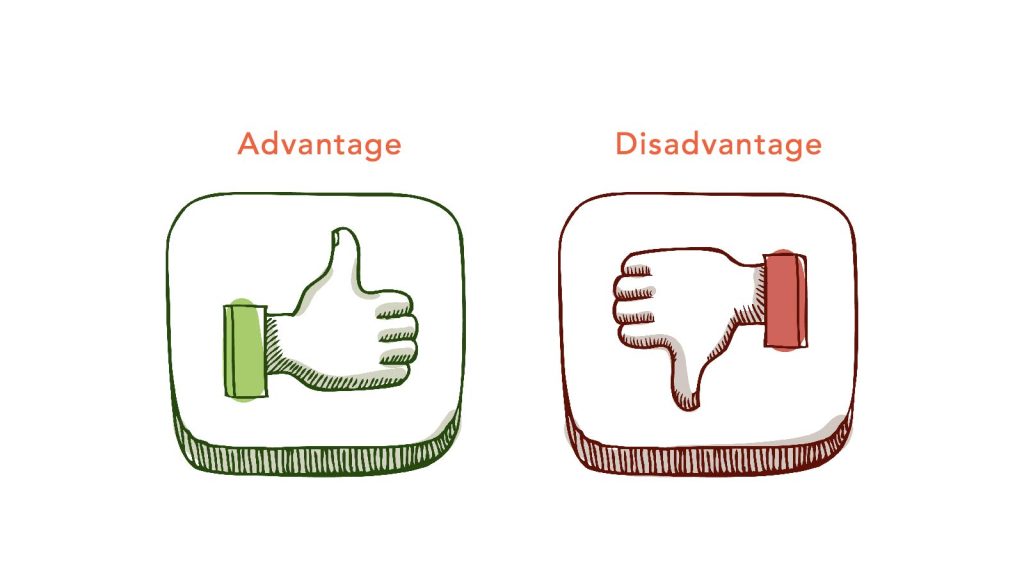What is File Transfer Protocol

File Transfer Protocol (FTP) is a standard network protocol used to transfer files between a client and a server over a network, such as the internet. It’s one of the oldest protocols still in use today, and it plays a critical role in sharing files across computers.
Table of Contents
How Does FTP Work?
FTP operates on a client-server model, meaning you have two key participants:
- Client: This is the device (like your computer) that requests to download or upload a file.
- Server: This is the device (usually a remote server) that stores the files and responds to the client’s requests.
To initiate a file transfer, the client connects to the FTP server using FTP software (also called an FTP client), such as FileZilla or Cyberduck. After establishing a connection, the client can upload files to the server, download files from the server, or manage files (like deleting or renaming them) on the server.
Key Features of FTP
- Authentication: Typically, FTP requires a username and password to access the server, providing a level of security.
- Two Modes of Operation: FTP can work in two modes:
- Active Mode: The client connects to the server, and the server initiates the data transfer.
- Passive Mode: The client and server both initiate the data transfer, often used when the client is behind a firewall.
- Port Numbers: FTP typically uses two ports:
- Port 21: For sending commands from the client to the server (control connection).
- Port 20: For the actual data transfer between the client and server.
What are Advantages and disadvantages of FTP

Advantages of FTP
- Ease of Use: FTP is user-friendly, with many FTP clients offering simple interfaces for uploading and downloading files.
- Batch File Transfer: It allows for the transfer of multiple files at once, making it efficient for managing large volumes of data.
- Resuming Transfers: If a file transfer is interrupted, FTP can resume it without restarting, saving time and bandwidth.
- Platform Independence: FTP is compatible with various operating systems, allowing seamless file transfer between different platforms.
- Automation: FTP supports automated scripts for regular file transfers, making it suitable for scheduled backups and other recurring tasks.
Disadvantages of FTP
- Security Concerns: FTP transfers data, including usernames and passwords, in plain text, making it vulnerable to interception unless secured with SSL/TLS (FTPS).
- Complex Configuration: Setting up a secure FTP server can be complex and may require additional configurations to ensure data safety.
- Lack of Encryption: By default, FTP does not encrypt data, posing a risk for sensitive information unless using secure variants like SFTP or FTPS.
- Firewall Issues: FTP requires multiple ports to be open, which can lead to issues with firewalls, making it challenging to configure and maintain.
- Limited Functionality: Compared to modern file transfer protocols, FTP lacks some advanced features, such as the ability to transfer large files efficiently over long distances or through unreliable networks.
Why Use FTP?
- Large File Transfers: FTP is ideal for transferring large files that might be too big for email.
- Batch Transfers: You can transfer multiple files at once, making it efficient for managing large amounts of data.
- Resume Capability: If your connection drops, FTP can resume a file transfer without starting over.
Drawbacks of FTP:
- Security Concerns: Standard FTP is not encrypted, meaning data, including login credentials, can be intercepted. Secure versions like FTPS or SFTP are recommended for sensitive data.
- Firewall Issues: FTP’s use of multiple ports can cause problems with firewalls, sometimes requiring passive mode to be used.
Alternatives to FTP:
- SFTP (SSH File Transfer Protocol): Uses SSH (Secure Shell) for encryption, making it more secure than FTP.
- FTPS (FTP Secure): Adds encryption to FTP using SSL/TLS, similar to how HTTPS secures web browsing.
Conclusion: FTP is a powerful and versatile tool for transferring files over a network. While it has some security concerns, its simplicity and efficiency make it a popular choice for many users. For secure file transfers, consider using SFTP or FTPS. contacting your hosting provider for FTP services ensures you can effectively manage file transfers, troubleshoot issues, and receive the necessary support to maintain smooth operations


